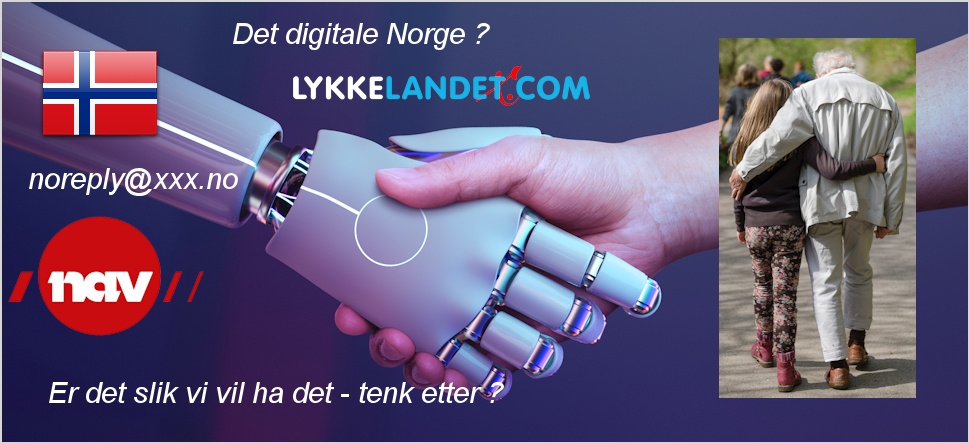In this conversation, Jörg Winterhoff discusses the importance of AI for businesses and shares his journey into the AI world and the 33A methodology. He highlights the challenges of adopting the methodology and provides a case study of a successful AI design sprint for a car dealership. Clients have been impressed by the speed and quality of results achieved through the AI design sprint, and they are often surprised by the ability of non-tech people to come up with AI solution concepts. However, the rate of adopting AI solutions after the design sprint is lower. The biggest challenges in adopting the AI design sprint methodology are the need for resources and time. Companies often lack the resources, such as project managers and testing teams, to undertake a larger AI project. Additionally, they struggle to find the time to prioritize AI initiatives amidst other competing priorities. The adoption rate of the AI design sprint is lower than expected due to these challenges. However, the AI design sprint offers a structured and business-centric approach to AI implementation, allowing companies to solve pressing challenges and make informed decisions. The methodology provides tangible results through the creation of prototypes that can be tested and iterated upon. Consultants should focus on the business-related challenges that AI can address and emphasize the value of AI as a toolset to augment human tasks rather than replace them.
Takeaways:
AI is here to stay and businesses need to start looking into it
The AI design sprint methodology helps bridge the gap between business and technology
Non-tech people can come up with AI solution concepts with the right tools
The speed and quality of results achieved through the AI design sprint are impressive
The rate of adopting AI solutions after the design sprint is lower The biggest challenges in adopting the AI design sprint methodology are the lack of resources and time.
The AI design sprint offers a structured and business-centric approach to AI implementation.
Prototypes created during the AI design sprint provide tangible results and inform decision-making.
Consultants should focus on the business-related challenges that AI can address and emphasize its role as a toolset to augment human tasks.
00:00 Why Businesses Should Care About AI
02:40 Jörg's Journey into the AI World and the 33A Methodology
12:14 Challenges of Adopting the AI Design Sprint Methodology
17:40 Case Study: Successful AI Design Sprint for a Car Dealership
23:50 Impressions and Surprises from Clients
29:41 The Rate of Adopting AI Solutions
33:45 Challenges: Resources and Time
36:02 Focus on Process Automation
38:26 Lack of Clarity on AI Implementation
44:00 The Value of AI Design Sprints
48:13 Business-Centric Approach for Consultants
52:25 AI as a Toolset, Not a Standalone Project
56:36 Augmenting Human Tasks with AI
Takeaways:
AI is here to stay and businesses need to start looking into it
The AI design sprint methodology helps bridge the gap between business and technology
Non-tech people can come up with AI solution concepts with the right tools
The speed and quality of results achieved through the AI design sprint are impressive
The rate of adopting AI solutions after the design sprint is lower The biggest challenges in adopting the AI design sprint methodology are the lack of resources and time.
The AI design sprint offers a structured and business-centric approach to AI implementation.
Prototypes created during the AI design sprint provide tangible results and inform decision-making.
Consultants should focus on the business-related challenges that AI can address and emphasize its role as a toolset to augment human tasks.
00:00 Why Businesses Should Care About AI
02:40 Jörg's Journey into the AI World and the 33A Methodology
12:14 Challenges of Adopting the AI Design Sprint Methodology
17:40 Case Study: Successful AI Design Sprint for a Car Dealership
23:50 Impressions and Surprises from Clients
29:41 The Rate of Adopting AI Solutions
33:45 Challenges: Resources and Time
36:02 Focus on Process Automation
38:26 Lack of Clarity on AI Implementation
44:00 The Value of AI Design Sprints
48:13 Business-Centric Approach for Consultants
52:25 AI as a Toolset, Not a Standalone Project
56:36 Augmenting Human Tasks with AI
- Category
- ATLANTIC ROAD
- Tags
- AI, businesses, adoption
Commenting disabled.













